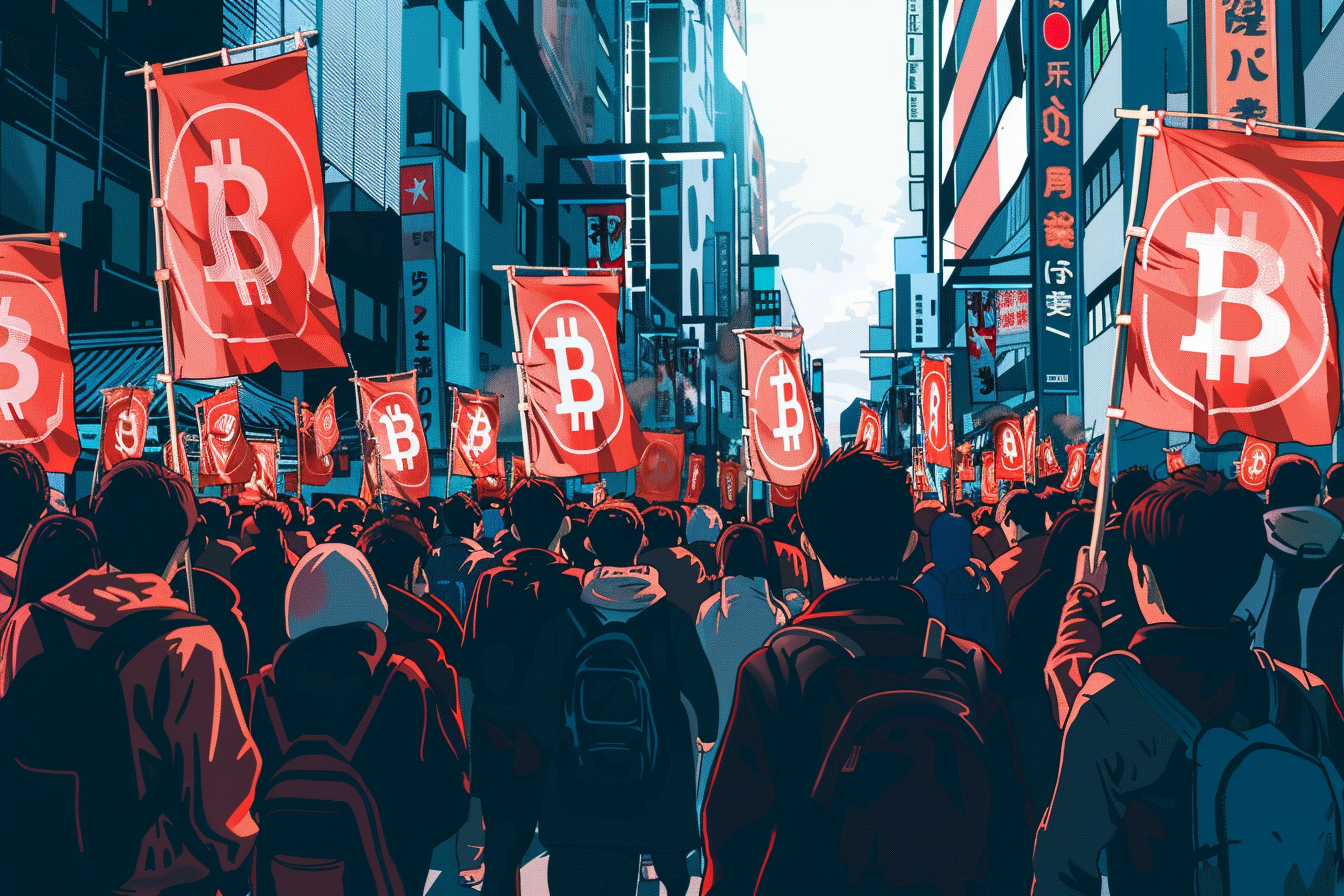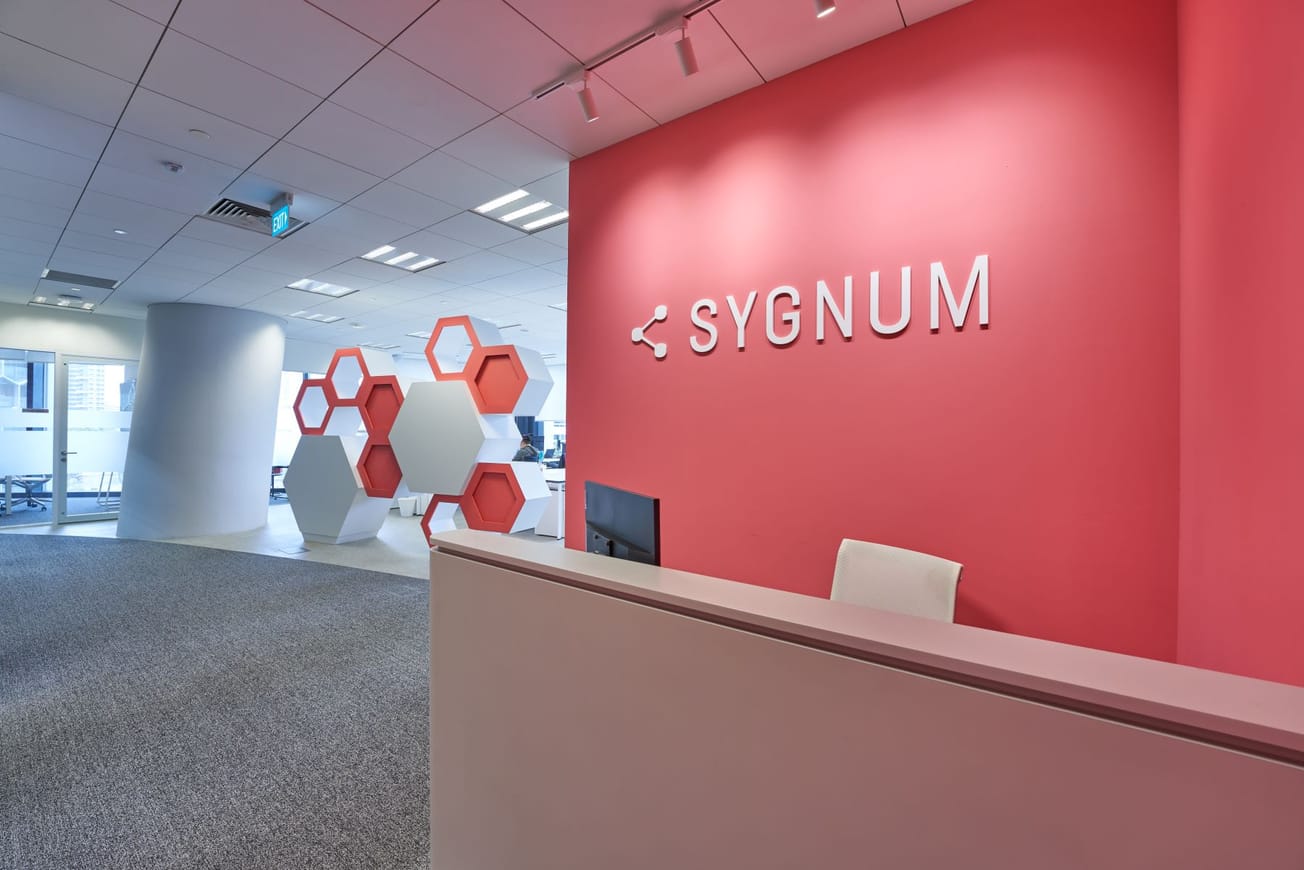Table of Contents
This column explores cryptocurrency markets from the perspective of a somewhat-grizzled trading veteran with a quantitative background and perhaps too much experience doing derivatives janitorial work. Finance is an old industry with a long history of everything from productive innovation to cartoonish fraud. Here we take a grand skeptical tour of a new corner of that world, with two tools that have consistently helped traders for millennia in our steamer trunk: math and knowledge of the past.
Following an Odd Lots podcast with founder of crypto bourse FTX Sam Bankman-Fried and Matt Levine, the DeFi world is abuzz with talk of boxes. The FT too. So let’s take this “yield as a box” analogy seriously and see where we end up. This touches on a lot of important questions in DeFi right now. What is this stuff really worth? Is it a scam? What role for regulators? And is this really new at all or just new names on old well-trodden structures the regulators already know?
There is no question a sizeable community likes DeFi because it pays them high yields. Fair enough. Earning 20% risklessly on a USD deposit when banks pay under 1% is appealing. Earning 200% on a token you believe will never drop in price also sounds great. But we’ve seen stablecoin projects fail and high-yielding token values erode over time. Some of these projects have incredibly brief descriptions and might work — or might not.
But how do we even begin to think about these schemes?
Here we take the box analogy as a starting point and run through some essential features, comparing to TradFi where possible. And touching on some clear-once-you-see-it connections to the history of regulation.
Consider a simple service that pays yield on token collateral and lends out stablecoins against it. This is our box. We put tokens in the box. Stablecoins come out. Whoever operates the box is, presumably, pledging the tokens to borrow stablecoins. People pay interest on their stablecoin loans back into the box — and that gets converted into tokens to pay interest on those deposits. As long as the stablecoin loans never get called, or the tokens can be converted into enough stable when they are called, this can go on forever. If the tokens drop in value and the loans cannot be repaid the box is insolvent. So far so good.
If you were operating this box you’d have a vested interest in betting on the token price collapsing as a hedge for one simple reason: if your hedge pays out sufficiently it’ll prevent insolvency. If you are the operator of such a box and can source such a hedge then great. More likely the cost of the hedge — the rate you’ll need to pay to borrow the tokens from someone else to short them — is too high. So you run the business as best you can, perhaps subsidizing a bit from investor capital, and advocate for policies that keep the prices up.
This is an old tale in finance. Structured financing vehicles that look solvent in bull markets but explode in bear markets go back at least to the Mississippi Company and run through SIVs in the 2008 crisis. So far so good and the box analogy is reasonable. It is particularly reasonable as the operator of such a scheme — if they are honest — has a vested interest in minimizing admin expenses and looking as a much like a literal box as possible.
Enter DeFi
Things are a bit different here. Money goes into the box. But ownership of the box is also traded freely — and anonymously. In traditional finance if the operator of the box was also a major provider of funding, that would be a scandal. Look no further than the whole Softbank-Greensill-CS debacle to see how angry investors get when they find such circular funding arrangements. This isn’t an allegation of wrongdoing — it’s the simple true statement that a lot of people got very angry, in public, when they uncovered a circular funding scheme.
So what happens in DeFi? Tokens go into a box. Yield – in those same or other tokens – comes out. And governance tokens for the box trade. Sometimes governance lets you vote on what to do with the contents of the box. Sometimes it lets you vote on the yield. Whatever it does, it’s some form of control.
If the box is making (arms length) loans for interest or engaging in some other economic activity it’s not a Ponzi scheme. As this is all supposed to be on-chain that would be visible. If the box isn’t doing anything except emitting yield in the token it takes in…yeah, that’s pretty much the definition of a Ponzi.
But what if the box takes in Token A, emits yield in Token B and is governed by Token C. Once Token B hits a centralized exchange (CEX) or decentralized exchange (DEX), who knows what happens. If the holders of Token C are also depositors of Token A and then puking b on an exchange…that’s dodgy circular financing (and maybe a Ponzi). If, rather, Token C is held by good stewards and an entirely separate group of investors look to accumulate Token A and Token B…great. Maybe there is a shop somewhere that takes Token B and this is all super-economically-meaningful. Who knows.
We can’t tell. This process has decentralized the one essential piece we must inspect to figure out if it’s OK: whether there is real underlying economic activity. When the box is engaging in some activity we can have a discussion. OlympusDAO has a treasury, and it invests in stuff. BlockFI and Celsius make loans. Uniswap liquidity pools collect fees. Maker and Aave facilitate loans. Are those activities sufficient? Reasonable people can disagree. But a box that just emits a token? Who knows!
The least important part of the process of generating yield is the step where you increase depositor balances. That’s just bits in a computer with no direct significance at all. What truly matters is where the money came from. Decentralizing that away, that’s quite the sleight of hand.
If we learned anything from this discussion of boxes it’s that we just don’t have enough information to fairly characterize most yield farms. The pessimist says “these anonymous services are all scams” and surely that’s right at least sometimes, people being what they are. And the optimist, they say “yield farming is legit because the operators care about the community.” They are also surely right sometimes.
And now we come to the part of the story where DeFi is speed-running “The Market for Lemons.”
Akerlof’s brilliant analysis from 1970 explains how information asymmetries, absent regulation, can drive down the quality of products in a market. The OG analogy is the market for used cars. Dealers have an incentive to misrepresent quality. Buyers know this and lower their bids. This reduces the quality of available cars. Absent a mechanism to equalize information, a market for high-quality high-price used cars may never form.
Dishonest operators offering higher yields and more aggressive promises will take marketshare away from the good operators. And over time the market, absent regulation, will produce worse products (i.e. more scams). Would you buy a used car from an anonymous dealer?
Honest DeFi operators should, therefore, advocate for regulation. This is where so-called lemon laws come from. Used car dealers, as a profession generally, do not have the greatest reputation around the world. DeFi should take this opportunity to aim for a higher standard.
How would this help? Disclosure requirements, inspections, examinations and enforcement exist, largely, to resolve these information asymmetries. This is not a request for “regulatory clarity” – it is rather a request to enforce regulations as they exist today. This particular DeFi problem is not new at all.









